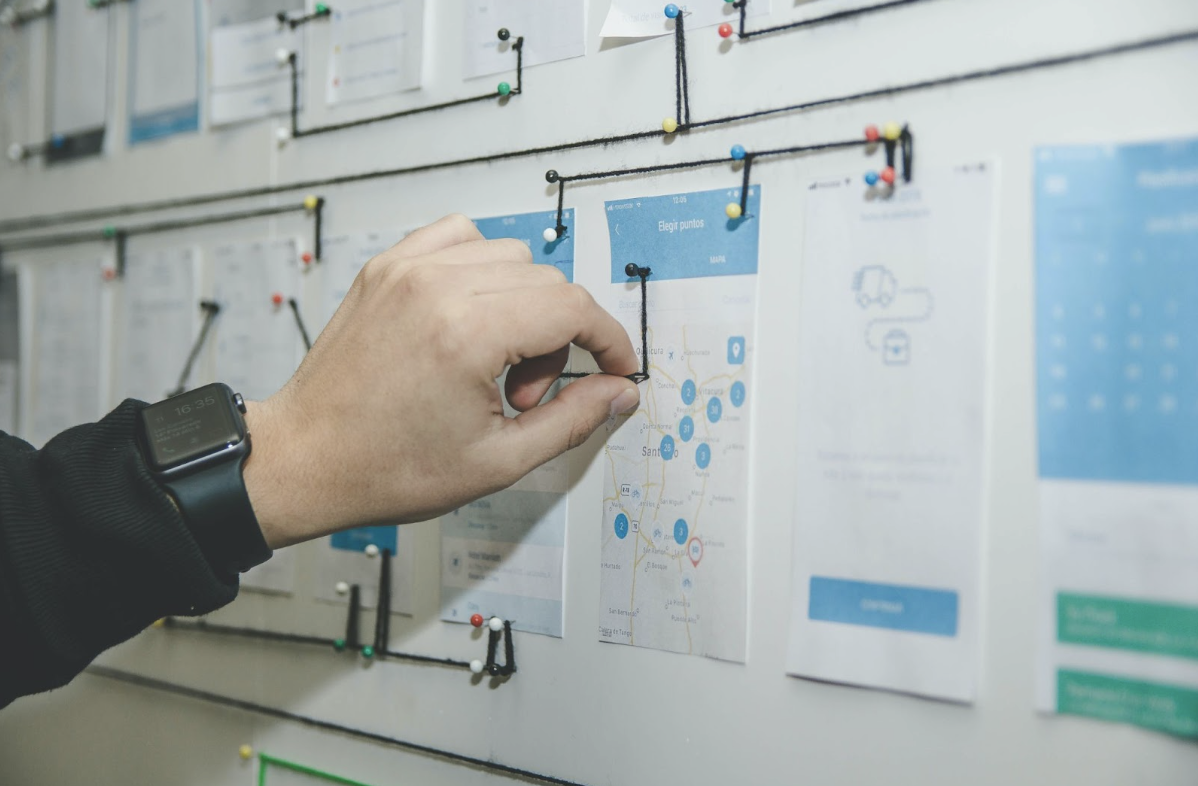
Have you ever wondered what fixed assets are and how they affect your small business? They play an essential role in determining your company’s financial health, so understanding them is a must. In this blog post, we’ll take a deep dive into the definition of fixed assets and provide examples to help you identify them in your business. We’ll also answer some frequently asked questions about them to ensure that you have a complete understanding of their significance. Whether you’re starting or running a business, this guide will equip you with the knowledge needed to make informed decisions that impact your bottom line. So, let’s get started!
What Are Fixed Assets?
A fixed asset is a long-term physical piece of property or equipment that a company owns and uses to produce income. Fixed assets are also known as capital assets or property, plant, and equipment (PP&E). While current assets such as cash and inventory can be quickly converted into cash, it takes longer to convert them into cash. This is because they are used in the production process and are not easily liquidated.
However, because they are essential to a company’s operations, they are often the most important part of a business’s balance sheet. A company’s ability to generate income from its fixed assets is a key determinant of its profitability and financial health. There are numerous types of fixed assets, including land, buildings, machinery, vehicles, furniture, fixtures, and equipment. All of these assets have one thing in common: they are not intended for resale but rather for use in the production process or for providing services.
While land can appreciate in value over time, most other types of fixed assets depreciate. This means that their value decreases over time due to wear and tear. For this reason, businesses must carefully track the depreciation of their fixed assets in order to maintain accurate financial statements.
What Are the Benefits of Fixed Assets?

There are several benefits which include:
1.They provide long-term financial security: Fixed assets are not only valuable in themselves, but they also act as a physical representation of the company’s value. This means that they can be used as collateral for loans, providing much-needed financial security in difficult times.
2.They can be used to generate revenue: In many cases, fixed assets can be used to generate revenue through renting or leasing arrangements. This is a great way to make use of idle resources and generate additional income for the business.
3.They offer tax breaks: The government offers significant tax breaks for businesses that invest in certain types of fixed assets. This can help offset the cost of acquisition and improve the bottom line.
4.They contribute to company growth: By definition, fixed assets are meant to last for several years. This means that they can be seen as an investment in the future growth of the company. As such, they can help attract investors and contribute to overall expansion plans.
What Are the Types of Fixed Assets?
There are several types of fixed assets, which include property, plant, and equipment. Property includes land and buildings. Plant refers to machinery, equipment, and vehicles. Equipment includes furniture, fixtures, and tools. All these assets are used in business operations and have a long-term life span.
Tangible
Tangible assets are physical assets that can be seen and touched. They include land, buildings, machinery, equipment, vehicles, furniture, and fixtures. Intangible assets are nonphysical assets that do not have a physical form. They include patents, copyrights, trademarks, and goodwill.
Intangible
intangible assets are those nonphysical resources a company uses in its business. They have value but cannot be seen or touched. These include patents, copyrights, and goodwill. Other examples of intangible assets include trademarks, trade secrets, and branding.
What Are Examples of Fixed Assets?
There are many types of fixed assets, but some common examples include buildings, land, machinery, vehicles, and office equipment. These assets are important because they are used in the day-to-day operations of a business and they have a long-term usefulness. They can be either leased or owned by a business, and they are typically recorded on the balance sheet as part of the company’s long-term liabilities.
How Do you Record Fixed Assets?
There are a few different ways that you can go about recording your fixed assets. The most important thing is to make sure that all of your bases are covered and that you have a complete and accurate record of your assets.
One way to record your fixed assets is by using an asset register. This is basically a list of all of the assets that you have, including their purchase price, date of purchase, and any other relevant information. This can be a great way to keep track of everything in one place, and it can also help you when it comes time to file your taxes or do other financial reporting.
Another way to record them is through depreciation. This is where you spread the cost of an asset over its lifespan. This can be helpful in terms of tax deductions, but it’s also important to make sure that you’re still accurately reflecting the value of your assets.
Finally, you can also choose to include them on your balance sheet. This option can be helpful if you want to give a more holistic view of your company’s finances, but it’s important to note that this method doesn’t account for depreciation.
No matter which method you choose, the important thing is that you’re taking the time to properly track and record your fixed assets. Doing so will ensure that you have an accurate picture of your finances and will help you out down the road when it comes time to file taxes or do other financial reporting.
What is Depreciation in Fixed Assets?
Depreciation is the gradual decrease in the value of an asset over time. The purpose of depreciation is to reflect the wear and tear of an asset as it is used over time. Depreciation is often used in accounting to allocate the cost of a long-term asset such as a piece of machinery or equipment over its useful life.
For tax purposes, businesses can deduct the amount of depreciation they incur each year from their taxable income. This provides businesses with a financial incentive to invest in long-term assets.
There are several methods businesses can use to calculate depreciation, including the straight-line method, declining balance method, and sum-of-the-years’-digits method. The method chosen will affect the amount of depreciation expense reported on the financial statements.
What Is the Difference Between Fixed Assets and Current Assets?

When it comes to assets, businesses have a few different options. Two of the main types of assets are fixed assets and current assets. As their names suggest, there is a difference between the two types of assets.
Fixed assets are physical items that a business uses on a regular basis and expects to keep using for a long period of time. This could include items like office furniture, vehicles, or machinery. They are important because they help a business run smoothly on a day-to-day basis.
Current assets are items that a business expects to convert into cash within one year. This could include items like inventory, accounts receivable, or short-term investments. Current assets are important because they give a business the liquidity it needs to meet its short-term obligations.
So, what is the difference between fixed assets and current assets? Fixed assets are physical items that a business uses on a regular basis and expects to keep using for a long period of time. Current assets are items that a business expects to convert into cash within one year.
Conclusion
In conclusion, fixed assets are an integral part of any business. They provide the necessary infrastructure for operations and also can be used to generate income. It is important to understand how they function in order to properly utilize them and maximize their potential. We hope this article has provided you with a comprehensive overview of what they are, examples, and frequently asked questions so that you can better manage your own business’s fixed assets.










